With so many table saw choices, buying one can be daunting. Let us break this decision down into four steps to simplify the process.
Step #1: Consider Where and How It Will Be Used?
Before shopping for a table saw, please take a moment to ponder two essential things: 1) how you will use the saw and 2) where you will use it.
The first consideration is what you plan to do with it. Sure, you are looking for a DIY saw, but all types and levels of DIYers exist. Are you a home improver who wants to make basic cuts like ripping boards to width and cross-cutting stock to length? Or are you into making furniture and will use the saw to create angles, box joints, dadoes, raised panels, and the like? It would be best to buy an adequate saw for the most complex operation you plan to perform. Then, consider the location and space available for the saw:
- Will it be in a spacious, dedicated home shop?
- Will it be stored away in the garage after use?
- Do you want it to be mobile, e.g., take it to remodel a lake home?
Step #2: Pick the Category That Fits You Best
Now that you know how and where you will be using the saw, you can review the main categories of table saws to determine which meets your objectives. Three main categories are benchtop (or job site), contractor, and cabinet.
Bench Table Top Saws:
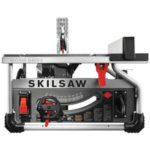
Tabletop saws, often called job site saws, are the smallest and lightest and are frequently used by DIYers making construction-type cuts who want portability and easy storage. Most will not overtax home electrical systems and can be operated on a portable stand or workbench. DIYers use these saws with limited working space. They are less potent than saws in other categories and can labor while cutting thick stock. The tables are smaller and do not support more extensive stock.
Contractor Table Saws:
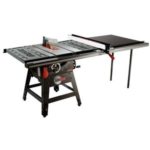
Contractor table saws are a popular choice for DIYers. Most come with 1 – 2 horsepower motors that provide enough power for all tasks. They feature two hundred to three hundred pounds of heavy-duty parts with durability and accuracy. The tables are spacious and provide good support for larger projects. Many come with superb fences as a standard feature. They also can run off standard residential 120V voltage.
Cabinet Saws:
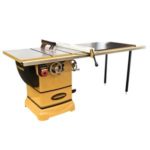
Cabinet saws are the “King Kong” of the shop and are preferred by the DIYer who is into serious woodworking. Simply put, these saws can do it all. They are powerful (typically three -5 horsepower) and highly accurate. There are many choices for large table extensions and outfeed tables. These machines require a substantial amount of dedicated space because, at 450 pounds, they are not mobile. You should check if you can handle the amp and voltage requirements.
Step 3#: Decide What Table Saw Features Are Important To You
If you have selected the category you want, it is time to choose a specific saw. This all boils down to product features and personal preference. Here is a run-down on the most common features to consider:
Flat top:
Accurate cuts demand a flat table. Check the saw’s flatness deviation (0.005” is typically acceptable for a cabinet saw).
Fence type:
The rip fence should lock down solidly and perfectly parallel the blade. If a good fence does not come with the saw, you may be able to purchase an upgraded one for it.
Miter gauge:
Look for an accurate one with stops at 45 and 90 degrees. Also, ensure the saw has a miter gauge slot on the table perfectly parallel to the blade.
Dust collection:
If you are using the saw inside, make sure the saw has a dust port to connect a vacuum or dust collector.
Power:
Know what you might want to cut in the future. Make sure your saw is powerful enough for the task.
Wing additions:
For contractor and cabinet saws, you may want to ensure auxiliary side and outfeed tables can be easily attached.
Blade factors:
Consider how the blade is changed. You may switch blades often and want this process to be easy. Also, if you make grooved cuts, ensure the table can handle a dado blade.
Bevel capability:
To make angled cuts most table saws allow you to tilt the blade to the left for angled cuts. With some, you tilt the blade to the right. This is a matter of personal preference. In either case, adjusting the exact angle should be straightforward.
Safety:
Table saws are safe when used properly with all guards in place. However, if you are concerned about added protection, consider a saw with an automatic blade brake that instantaneously engages when the blade encounters skin.
Step #4: Research, Research, Research
Go to Acme Tools for information on a full range of table saws in all categories, or check out our best ones. Use the in-depth product information provided for each saw to pick the perfect one for you.

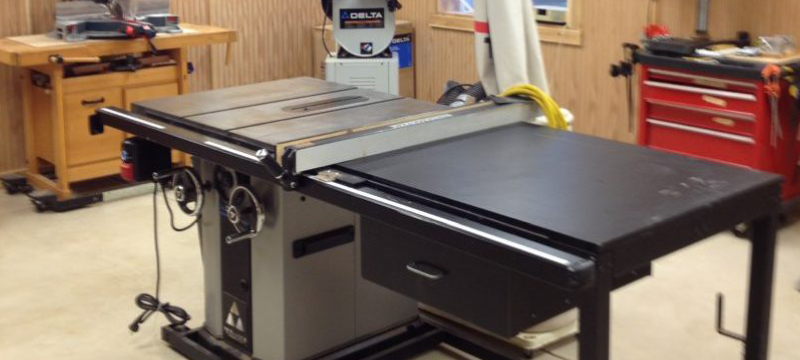
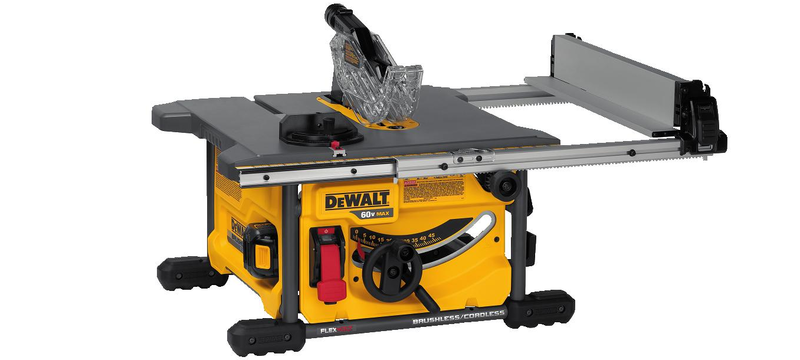
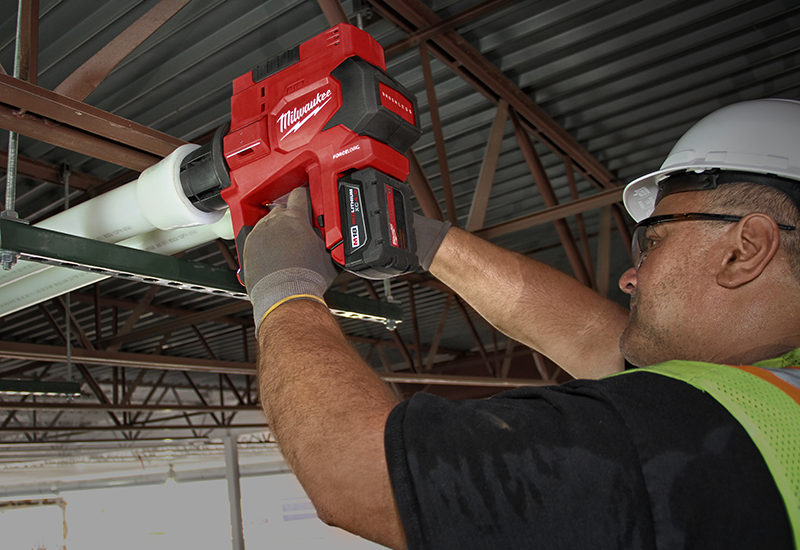
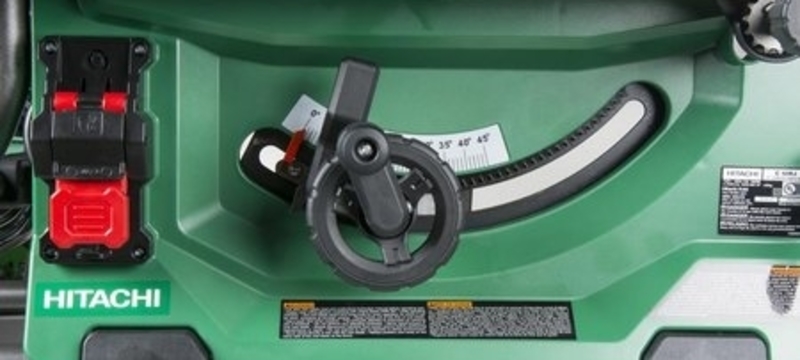
One Comment
Patrick Lademan
October 8, 2018 at 9:39 pmPlease add a riving knife to your list of features. I am disappointed that my Delta cabinet saw doesn’t have a riving knife the raises and lowers with the blade.
You might want to mention sliding table saws as well. I am drooling over the Grizzly sliding table saw.